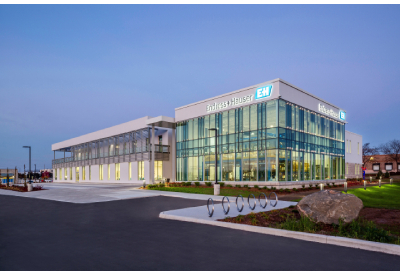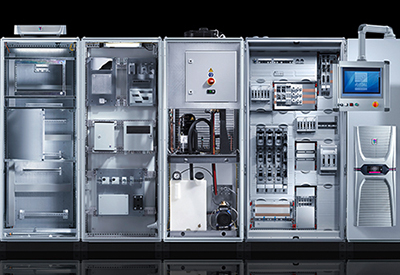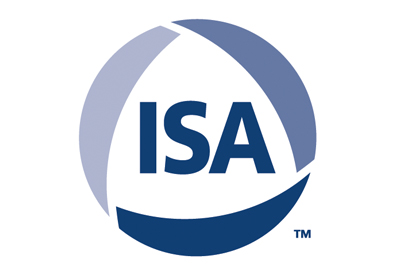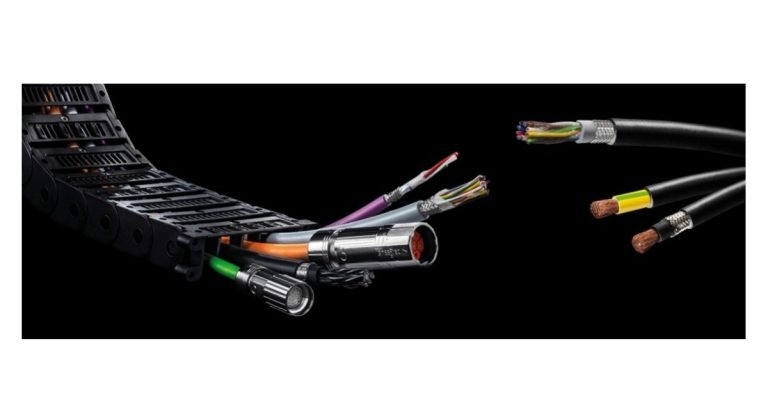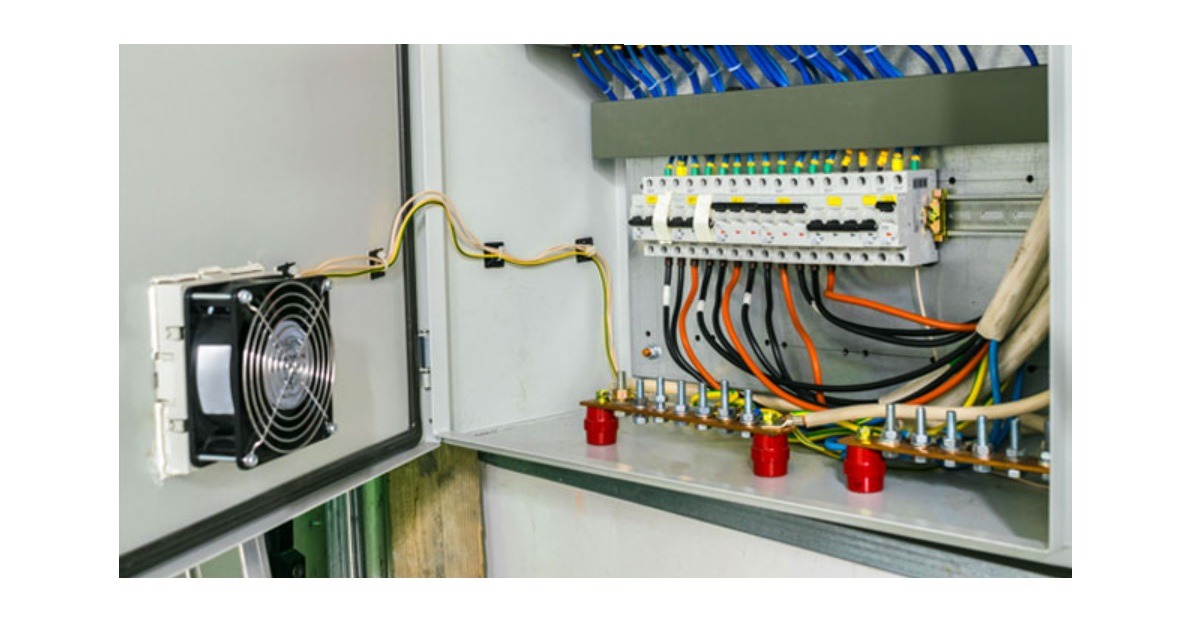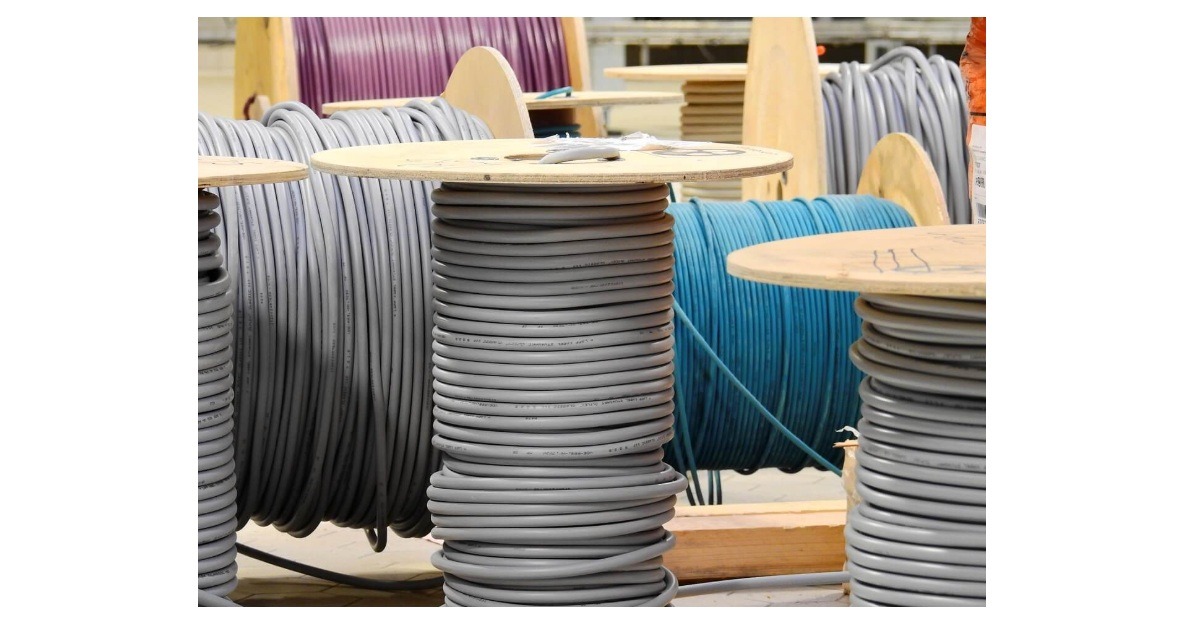Energy Efficiency Expectations

By Nick Boughton
According to the Data for the Public Good report by the National Infrastructure Commission (NIC) in December 2017, a digital twin of UK infrastructure is necessary to identify inefficiencies in national energy use. Nick Boughton, sales manager at systems integrator Boulting Technology explains how to manage energy efficiency across sectors.
Inefficient machinery, which increases wasteful energy use, is a key area of improvement for many businesses, as a way of complying with the Carbon Trust’s Industrial Energy Efficiency Accelerator (IEEA). You can’t manage what you can’t measure, so the first step towards the efficient management of energy is analysis of unique energy requirements.
Energy demand
With a few exceptions, such as Liberty Steel in Newport, which renewed its entire production process as part of its green steel strategy, ahead of reopening in 2015, a complete process remodel and brand-new methods are often unrealistic or impossible. It could also be that the result is even less efficient than the process being replaced; because new doesn’t necessarily mean better. Instead, gradual improvements to machinery, maintenance and operating processes are the focus for many engineering and manufacturing directors, with incremental improvement the focus.
Data centres, which traditionally operate using a hot aisle/cold aisle cooling method, have become the infamous energy inefficiency example. In this scenario, server racks are lined up in alternating rows, with cold air intakes facing one way and hot air exhausts facing the other. Typically, cold aisles face air conditioner output duct and hot aisles face air conditioner return ducts.
Optimum server operating temperatures range between 20 and 24 degrees Celsius, but with Moore’s Law stating that processing power for computers will double every two years, the heat produced by the state-of-the-art machinery within data centres will only increase.
For data centres, investing in more efficient cooling methods such as on-rack cooling is necessary to provide energy efficiency, while avoiding equipment damage from overheating. On-rack cooling replaces the back doors of an enclosure with a heat exchanger, bringing the cooling equipment much closer to the heat source. This can eliminate the hot aisle/cold aisle row arrangement as there’s no need to worry about hot and cold air mixing because hot air never enters an ambient space.
A similar scenario is playing out in manufacturing plants, particularly those embracing industry 4.0 and choosing to use local edge computing rather than making use of the cloud.
Monitoring
Surveys, which provide a top-down approach to ensure no part of a plant is overlooked and no piece of machinery is missed due to oversight, should be carried out regularly by facilities managers to meet energy efficiency requirements.
However, a more specific approach must be taken by energy managers, when a specialist piece of equipment, such as a pump centre is assessed. Boulting has many years’ of experience working with pump centres, including the award-winning upgrade to the Thames Water raw water pumping station at Littleton. The solution implemented increased the site’s performance, while making it more flexible, reliable and energy efficient. A complete redesign and manufacture of pump impellers improved pump efficiency, resulting in an improvement from 80 to 87 per cent.
Using their experience, Boulting’s engineers suggest innovative solutions that reduce energy waste. A holistic process, which analyses each plant’s unique requirements, ensures the engineers deliver the best energy efficiency improvements possible, increasing return on investment.
The measures Boulting’s experts apply range from replacing cables or executing a maintenance plan to replacing an essential piece of equipment such as a motor control centre with a smarter model equipped with monitoring abilities
The future
Smart sensors will be installed on much new machinery, as more process plants, data centres and even offices begin taking advantage of the industrial internet of things to deliver a variety of benefits, including remote monitoring and digital twin enabled design. The data captured by these sensors will build on the surveys currently employed, allowing for efficiency decreases to be recognised and counteracted immediately.
Because sensors will be built directly into components, such as motors, inverters, gears and bearings, manufacturing and engineering directors can sleep soundly, without worrying that inefficiencies are creeping into the application.
Whether the facility in question is a data centre, office or processing plant, the most powerful way to reduce energy loss is through a holistic and overarching process, which can be supplemented by correct use of data from in-built sensors alongside other methods such as surveys and digital twins. In the future, we won’t just see the National Infrastructure Commission (NIC)’s predictions for a digital twin of the UK becoming a reality, we will also see a data driven approach to maintenance being introduced across the board.


